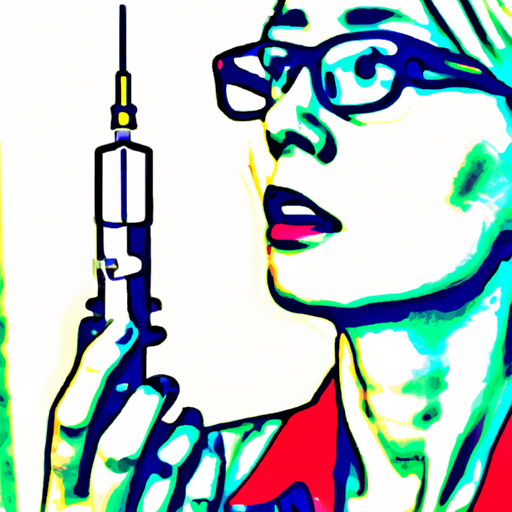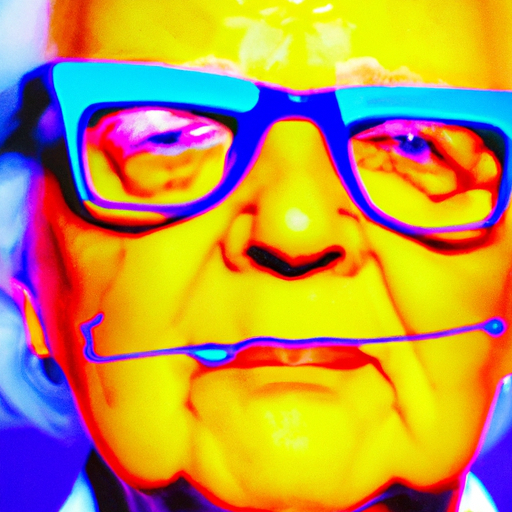
-
Table of Contents
- Medical Illustration: Bridging Science and Art
- The Role of Medical Illustration in Healthcare
- The Skills Required for Medical Illustration
- Examples of Medical Illustration in Practice
- Medical Textbooks and Journals
- Surgical Procedures
- Medical Device Design
- The Future of Medical Illustration
- Conclusion
Medical Illustration: Bridging Science and Art

Medical illustration is a unique field that combines the precision of science with the creativity of art. It plays a crucial role in communicating complex medical concepts to a wide range of audiences, including healthcare professionals, patients, and the general public. This article explores the fascinating world of medical illustration, its importance in the healthcare industry, and the skills required to excel in this field.
The Role of Medical Illustration in Healthcare
Medical illustration serves as a powerful tool for visual communication in the healthcare industry. It helps to simplify complex medical information, making it easier for healthcare professionals to understand and explain to their patients. By using visual aids, medical illustrators can effectively convey anatomical structures, surgical procedures, and disease processes.
One of the key applications of medical illustration is in medical education. Medical students and residents rely on illustrations to learn about the human body and its various systems. Detailed anatomical drawings provide a clear understanding of the structures and their relationships, aiding in the comprehension of complex concepts.
Medical illustrations also play a crucial role in patient education. When patients are diagnosed with a medical condition, it can be overwhelming and confusing. Medical illustrations help to bridge the gap between medical jargon and patient understanding. By visualizing their condition, patients can better comprehend their diagnosis, treatment options, and potential outcomes.
The Skills Required for Medical Illustration
Creating accurate and visually appealing medical illustrations requires a unique set of skills. Medical illustrators must have a solid foundation in both science and art. They need to understand the human body, its anatomy, physiology, and pathology. Additionally, they must possess artistic skills to accurately depict these complex concepts in a visually engaging manner.
Here are some of the key skills required for a successful career in medical illustration:
- Anatomy and Physiology: A deep understanding of the human body is essential for creating accurate medical illustrations. Medical illustrators must be familiar with the structure and function of various organs, tissues, and systems.
- Research Skills: Medical illustrators often work closely with healthcare professionals and researchers to gather information about specific medical conditions or procedures. They must be skilled in conducting thorough research to ensure the accuracy of their illustrations.
- Drawing and Illustration: Proficiency in drawing and illustration techniques is crucial for creating detailed and visually appealing medical illustrations. Medical illustrators must be skilled in using both traditional and digital tools to bring their illustrations to life.
- Communication: Medical illustrators need strong communication skills to effectively collaborate with healthcare professionals and understand their requirements. They must be able to translate complex medical concepts into visually understandable illustrations.
- Attention to Detail: Accuracy is of utmost importance in medical illustration. Medical illustrators must pay close attention to detail to ensure that their illustrations are anatomically correct and scientifically accurate.
Examples of Medical Illustration in Practice
Medical illustration finds its application in various areas of healthcare. Let’s explore some examples of how medical illustrators contribute to different fields:
Medical Textbooks and Journals
Medical textbooks and journals heavily rely on medical illustrations to enhance the learning experience for students and healthcare professionals. Illustrations help to clarify complex concepts, provide visual references, and improve overall comprehension. For example, an anatomical illustration of the human heart can help students understand its structure and function.
Surgical Procedures
Medical illustrators play a crucial role in illustrating surgical procedures. These illustrations help surgeons plan and visualize complex surgeries before they are performed. By providing detailed visual representations, medical illustrators assist in improving surgical outcomes and reducing the risk of complications.
Medical Device Design
Medical device companies often collaborate with medical illustrators to create illustrations and animations that demonstrate the use and functionality of their products. These visuals help healthcare professionals and patients understand how to use the devices correctly and ensure optimal outcomes.
The Future of Medical Illustration
As technology continues to advance, the field of medical illustration is also evolving. Digital tools and software have revolutionized the way medical illustrations are created and shared. Three-dimensional modeling and animation techniques allow for more interactive and immersive learning experiences.
Virtual reality (VR) and augmented reality (AR) are also being integrated into medical illustration. These technologies enable healthcare professionals and patients to explore the human body in a virtual environment, providing a deeper understanding of complex medical concepts.
Furthermore, medical illustration is not limited to traditional mediums anymore. With the rise of social media and online platforms, medical illustrators can reach a wider audience and educate the general public about various health topics. Infographics and animations are being used to simplify medical information and make it more accessible to the public.
Conclusion
Medical illustration is a fascinating field that combines science and art to communicate complex medical concepts. It plays a crucial role in medical education, patient understanding, and healthcare communication. Medical illustrators require a unique set of skills, including a deep understanding of anatomy and physiology, research abilities, drawing and illustration proficiency, strong communication skills, and attention to detail.
With the advancement of technology, medical illustration is evolving, incorporating digital tools, three-dimensional modeling, and virtual reality. The future of medical illustration holds great potential for enhancing medical education and improving patient outcomes.
Whether it’s a detailed anatomical drawing in a medical textbook or an interactive virtual reality experience, medical illustration continues to bridge the gap between science and art, making complex medical information more accessible and understandable for all.
